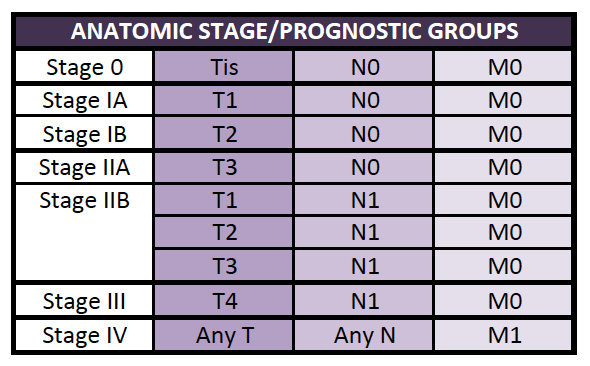Pancreatic Cancer
For Patients
Pancreatic cancer is relatively uncommon, accounting for only 2.5% of all cancer cases in Australia. Therefore, some people may not fully understand the role of the pancreas and how cancer can develop here. This section outlines the functions of the pancreas, as well as important information about pancreatic cancer, including possible causes, diagnosis and treatment.
Pancreas Cancer Staging
The staging of pancreatic cancer can determine several factors such as whether the cancer is operable and the overall prognosis of a patient.
Why stage pancreatic cancer?
The stage of a cancer is a term used to describe its size and how far it has spread within the body. It provides doctors a way to systematically assess how far advanced the cancer is for each individual patient, so that the most suitable treatment options may be considered.
In Australia, pancreatic cancer is staged using a widely used and internationally recognised system called the TNM. This system looks at three important disease parameters – Tumour (T), Lymph Nodes (N) and Metastasis (M) – which medical research has shown to be reproducible indicators of cancer disease progression. The information from each are then combined to give an overall stage number, which may be further divided alphabetically.
Pancreatic cancer TNM system
Primary Tumour (T)
TX – Primary tumor cannot be assessed
T0 – No evidence of primary tumour
Tis – Carcinoma in situ
T1 – Tumour limited to pancreas, 2 cm or less in greater dimension
T2 – Tumour limited to the pancreas, more than 2 cm in greatest dimension
T3 – Tumour extends beyond the pancreas but without involvement of the celiac axis or the superior mesenteric artery
T4 – Tumour involves the celiac axis or the superior mesenteric artery (unresectable primary tumour)
Regional Lymph Nodes (N)
NX – Regional lymph nodes cannot be assessed
N0 – No regional lymph node metastasis
N1 – Regional lymph metastasis
Distant Metastasis (M)
M0 – No distant metastasis
M1 – Distant metastasis

A comparison to everyday items for different tumour sizes.
Below are the stages for pancreatic cancer:
Stage 0:
This is the earliest cancer stage. The cancer is microscopic and can only be detected if pancreatic tissue is removed and sent for pathologic testing. There are no symptoms. This category is rarely used in practice, and is important mainly in cancer research.
Stage 1:
The cancer is small and growth remains completely within the pancreas. There is no spread. There may be symptoms depending on whether the cancer is obstructing the flow of bile from the gallbladder as it drains through the pancreas into the small bowel.
Stage 2:
The cancer is now a significant size with a potential to spread. It has either overgrown the pancreas and started invading surrounding tissue, or has spread to nearby lymph nodes, or both.
Stage 3:
The cancer is spreading more deeply into tissue surround the pancreas, and is involving important blood vessels of the stomach and gut in the vicinity.
Stage 4:
The cancer has now spread to other organs or to bone.

Source: Exocrine Pancreas. AJCC Cancer Staging Manual. 7th ed. New York, NY: Springer; 2009.
